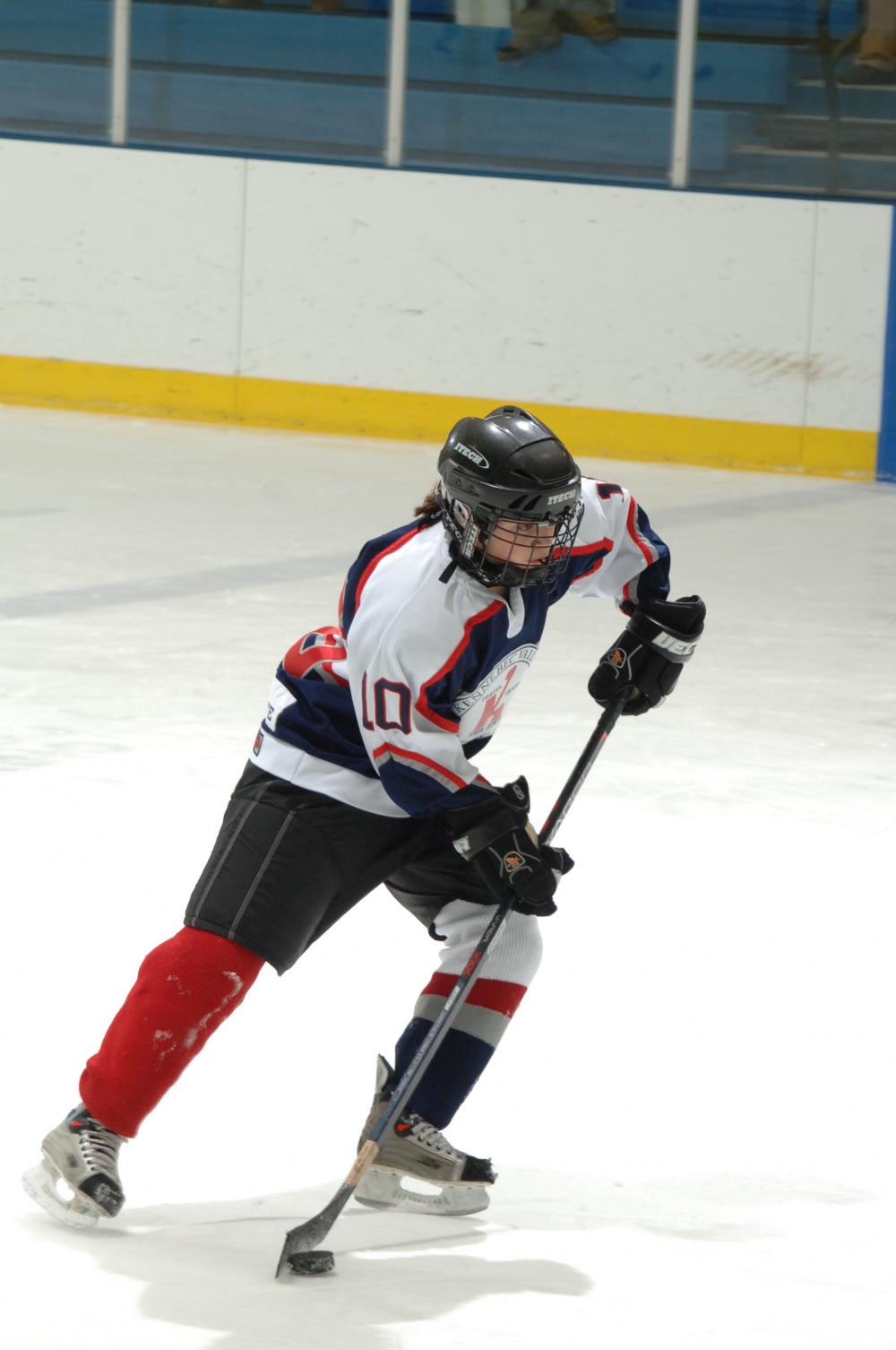 According to new research,1 the doubling of the number of ice hockey players in the United States between 1990 and 2006 has come at a cost: a dramatic increase in the number of injuries serious enough to require a visit to a hospital emergency room which has outpaced participation growth and may be the result of increased year-round play and more intense competition at the youth level.
According to new research,1 the doubling of the number of ice hockey players in the United States between 1990 and 2006 has come at a cost: a dramatic increase in the number of injuries serious enough to require a visit to a hospital emergency room which has outpaced participation growth and may be the result of increased year-round play and more intense competition at the youth level.
Increase in injuries outpaced participation growth
The study found that the incidence of ice hockey injuries increased 163% among youth aged 9- to 14-years and 85% among youth aged 15 to 18 years, and that at least "[p]art of this increase was undoubtedly due to expanding participation."
The study noted that that the number of high school students playing ice hockey increased 88% from 1990 to 2006, with most of the increase occurring in the 1990s (with only a 12% increase from 2000 to 2006), yet the injury incidence among 9- to 18-year-olds continued to increase through 2006, "seemingly outpacing this modest participation growth ... [thus] suggesting [that] other factors must also be contributing to the growing injury incidence."
Among the possible reasons for the increase in injuries, the study suggests are:
- Players devoting more time to their sport through:
- year-round play (e.g. early specialization) and on multiple teams (school teams, travel teams, pick-up games)
- longer and harder practices
- more tournament play
- more rapid skill development, leading coaches to teach more advanced skills, such as body checking, at a younger age.
- Players failing to wear protective equipment, such as full face shields and mouth guards,. This may be especially true among younger players age 2 to 8.
Other findings
- There were an estimated 302,368 emergency room visits for injuries suffered playing ice hockey over the 16-year period studied.
- 93.5% of the injuries were to male players.
- The most commonly injured age group were the 15- to 18-year (30.1%) and 9- to 14-year (28.9%) and 19- to 29-year (22.1%) groups.
- The incidence of injuries among 9- to 14-year-olds increased 163%.
- The incidence of injuries among those aged 15- to 18-years increased 85%.
- The incidence of injuries among females increased 347%
- The most commonly injured areas of the body were the face (19.1%), wrist/hand/finger (14.1%), shoulder/upper arm (13.8%) and lower leg/ankle/foot (11.1%).
- The most common types of injuries were lacerations (27%), contusions/abrasions (23.6%), and sprains and strains (16.9%) Females also made up an increasingly larger proportion of ice hockey-related injuries over time, up from 4.8% in 1990 to 8.9% from 2000 to 2006.
- The most common diagnoses were facial lacerations (16.4%), head concussions (7.0%), and wrist/hand/finger fractures (5.7%).
- The most common causes of injury were falls (16.5%), contact with boards (13.5%), contact with stick (13.0%), player-to-player contact (11.5%), and contact with the puck (10.5%).
- Females sustained a larger proportion of concussions than males.
Safety recommendations
- Encourage the use of full face shields, mouth guards and neck guards among all players in all venues.
- Make sure younger children wear helmets and other properly fitting protective equipment, whether during organized competition or recreational play. "We encourage parents and coaches to require kids to wear face masks and shields every time they are on the ice," Fields said.2
- Banning body checking before age 15 as recommended by the American Academy of Pediatrics. Because 9- to 14-year-olds account for one-quarter of all emergency room visits for ice hockey-related injuries and the high risk of injury from body checking, changing the rules (which currently allow body checking at the Pee Wee level(ages 11 to 12 years) and above, the authors suggest, "would likely prevent thousands of ER visits."1
- Focusing on developing skating skills among beginning female players and structuring competitions between female teams of comparable skill levels.
Study criticized
Since its release, the study has been criticized for failing to report the rate at which ice hockey participants are being injured; in other words, the ratio betwen the increase in injuries and the surge in participation by children playing hockey, which, according to one article, "would seem to be mandatory for context."3
It has also come under fire for putting under the same umbrella both organized games and those in which people are playing on ponds or open rinks. Said one, "that's like doing a study on youth basketball injuries and including elbows-flying schoolyard ball in the head count."3
Sources:
1. Deits J, Yard E, Collins C, Fields S, Comstock, D. "Patients with Ice Hockey Injuries Presenting to U.S. Emergency Departments, 1990-2006," J. Ath. Tr. 2010; 45(5): 467-474.
2. "Serious hockey injuries among young children skyrocketing, study finds" Science Blog. http://scienceblog.com/38749/serious-hockey-injuries-among-young-childre... (accessed September 22, 2010)
3. "Study on youth hockey injuries recommends face shields 24/7; http://sports.yahoo.com/nhl/blog/puck_daddy/post/Study-on-youth-hockey-i... (accessed September 22, 2010).
Created September 22, 2010








